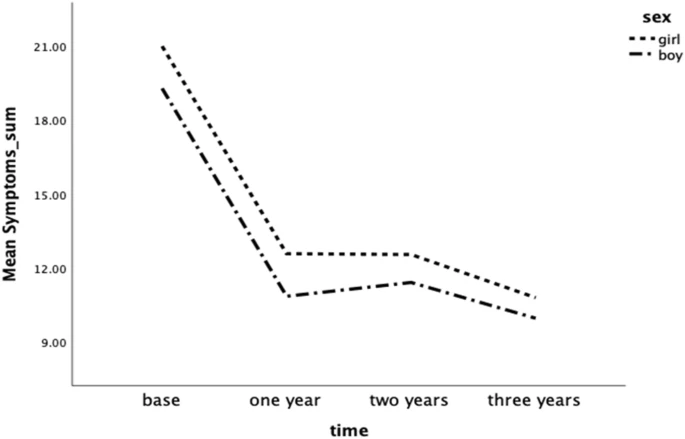- Research
- Open Access
Allergy, Asthma & Clinical Immunology 19, Article number: 4 (2023)
Abstract
Background
The immunological effect of allergen-specific immunotherapy is well documented, but few studies have examined the long-term effects of pollen subcutaneous immunotherapy (SCIT) on health-related quality of life (HRQoL) in children and adolescents. Therefore, the aims of this study were to evaluate the effect of pollen SCIT on HRQoL and to assess the association between HRQoL and symptoms among children and adolescents with allergic rhinoconjunctivitis in a 3-year follow-up.
Methods
A prospective cohort study was conducted at a paediatric clinic in Sweden, including 158 children (5–16 years) on SCIT (birch and/or grass). Health-related quality of life, measured with DISABKIDS, symptom scores and allergen-specific IgE and IgG4 antibodies (blood test), were assessed at start, and after 1, 2 and 3 years of treatment. ANOVA and t-test were used to analyse differences over time, between groups and linear mixed model for the association between HRQoL and influencing factors.
Results
After 1 year of pollen SCIT, HRQoL improved from 79.5 to 85.1 (p < 0.001), and the improvements were maintained (mean 1 years, 84.8, 3 years 87.2). Symptom scores decreased after 1 year, mean 19.9 to 11.5 (p < 0.001) and were maintained for year two (11.9) and year three (10.3). The proportion of children with severe or very severe symptoms decreased from 35.6% to 4.5% after 1 year of SCIT. Health-related quality of life was associated with symptoms at all measured timepoints (p = 0.001–0.031); higher symptom scores were associated with lower perceived HRQoL. Allergen-specific IgE antibodies decreased, birch from 151.0 to 76.8 kU/L (p < 0.001), and IgG4 antibodies increased, birch from 2.2 to 17.6 g/L (p < 0.001), grass from 0.5 to 14.3 g/L (p < 0.001), during the study period.Conclusion
After 1 year of pollen SCIT, HRQoL improved, and symptoms decreased; these changes were maintained during the study period. The proportion of severe and very severe symptoms significantly decreased.

No comments:
Post a Comment